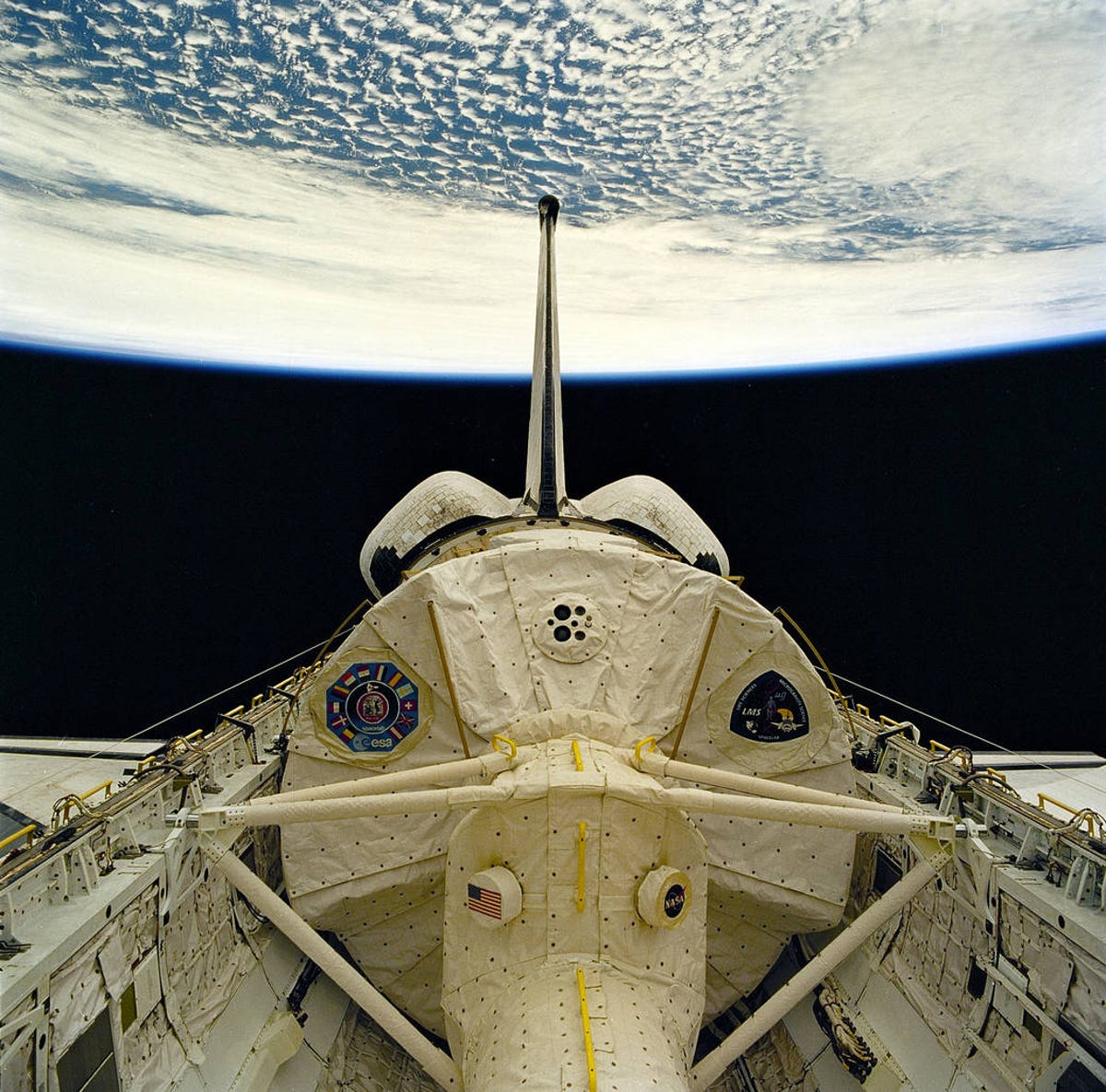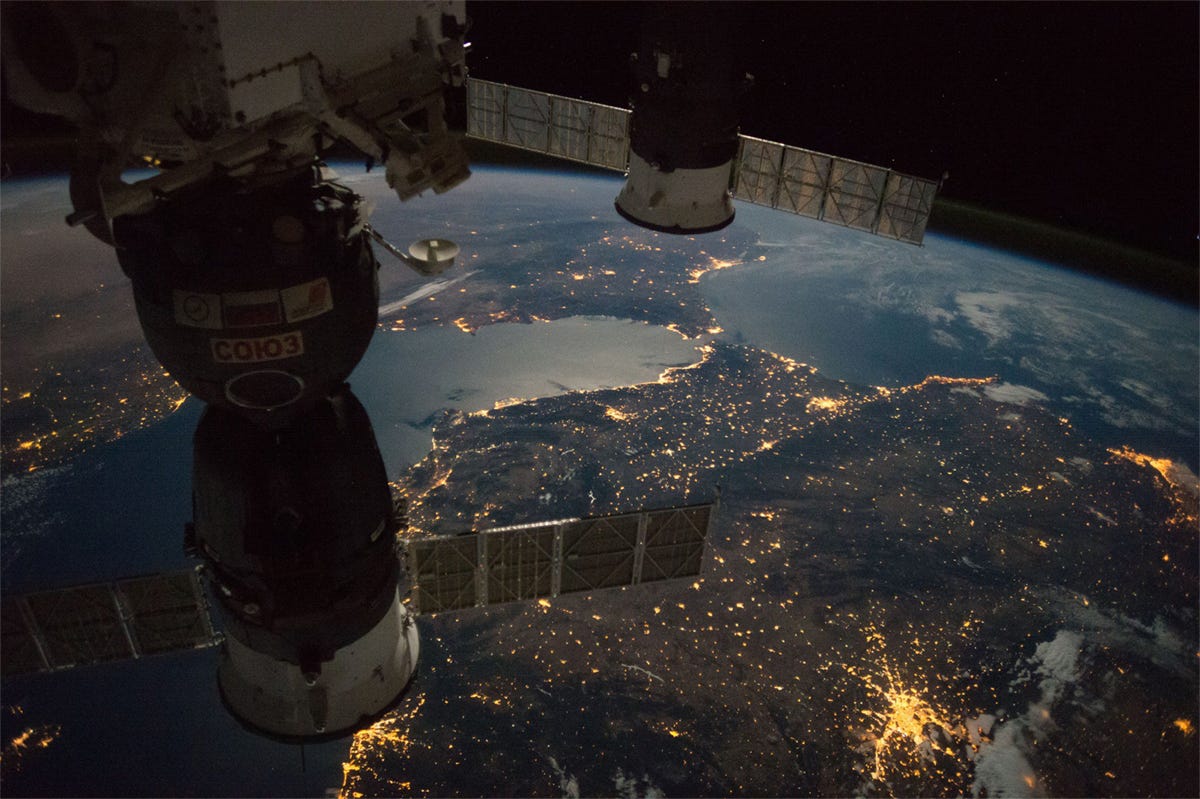10 NASA achievements that are awesome
This Day in Tech History: On October 1, 1958, NASA became operational. Happy birthday, NASA! Here are some of our favourite things you've done.

The Space Shuttle Program
In 1972, NASA embarked on the Space Shuttle Program, which would go on to run until 2011. In the 30-year period between 1981 and 2011, it carried over 300 astronauts into low-Earth orbit.
Apollo 11
Russia may have been the first to put a human in space, beyond the Karman line, but NASA was the first to put humans on the moon, winning the space race. The very first time humans walked on a world other than Earth was July 20, 1969.
Cassini
The Cassini mission, launched jointly by NASA, the ESA and the ASI to study Saturn in 1997, is coming to an end in 2017. Those years spend studying the beautiful gas giant not only yielded some of the most breathtaking photos of the solar system, they gave us a wealth of data about Saturn and its moons.
Juno
What Cassini did for Saturn, we all hope the Juno mission will do for Jupiter. The probe arrived in orbit on July 4, 2016 and is scheduled to complete a number of close flybys of the planet, collecting more data on our solar system's biggest planet and its moons than we've ever had before.
New Horizons
Pluto, waaaaaayyyy out at the far reaches of the solar system, has always been something of a mystery. The New Horizons probe spent nine years in transit, finally intersecting with the dwarf planet's orbit in July 2015, providing us with a wealth of data that will keep researchers learning more for years.
The Hubble Space Telescope
Oh, Hubble Space Telescope (a joint project between NASA, the ESA and the Space Telescope Science Institute), what a gift you have been. From your position in low Earth orbit since 1990, you have showered us with glorious, unprecedented images of the wonders of space. This image shows Westerlund 2, released in 2015 for Hubble's 25th birthday.
Voyager
It may have taken nine years to reach Pluto, but the Voyager mission is even more ambitious, travelling beyond the solar system carrying information about humanity (including the Golden Record, pictured) and tools to collect data as it goes. The two Voyager probes were launched in 1977; in 2012, data from Voyager 1 indicated it had left the solar system and entered interstellar space, the first human-made object to do so.
The Kepler mission
Kepler is a spacecraft launched in March 2009, orbiting the sun while scanning the skies, searching for exoplanets (planets outside the solar system) that could host life as we know it. These planets are rocky (like Earth), of a comparable size to Earth and at a distance from their star that would allow for liquid water on the surface. To date, the mission has discovered 4,696 candidate planets and 2,330 confirmed Kepler planets that meet these conditions.
The Mars rovers
Jupiter, Saturn, Mercury and Pluto got probes. Mars got rovers. We all watched with excitement as Curiosity touched down in August 2012, joining the inactive Sojourner and Spirit rovers and the active Opportunity, which arrived in 2004 (and is still busily working away!). Thanks to these rovers, we know so much more about Mars -- enough information to provide hope for a manned mission one day.

The International Space Station
The International Space Station is another joint project, between five space agencies: NASA, Roscosmos, JAXA, the ESA and the CSA. A station in low-Earth orbit, it has allowed astronauts to spend time and conduct experiments in space since commencing operations in 2000. It's a remarkable collaboration between peers, and has been invaluable in advancing not only the study of microgravity, but of conditions on the Earth below.

